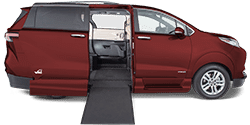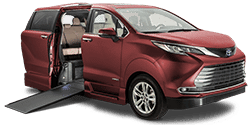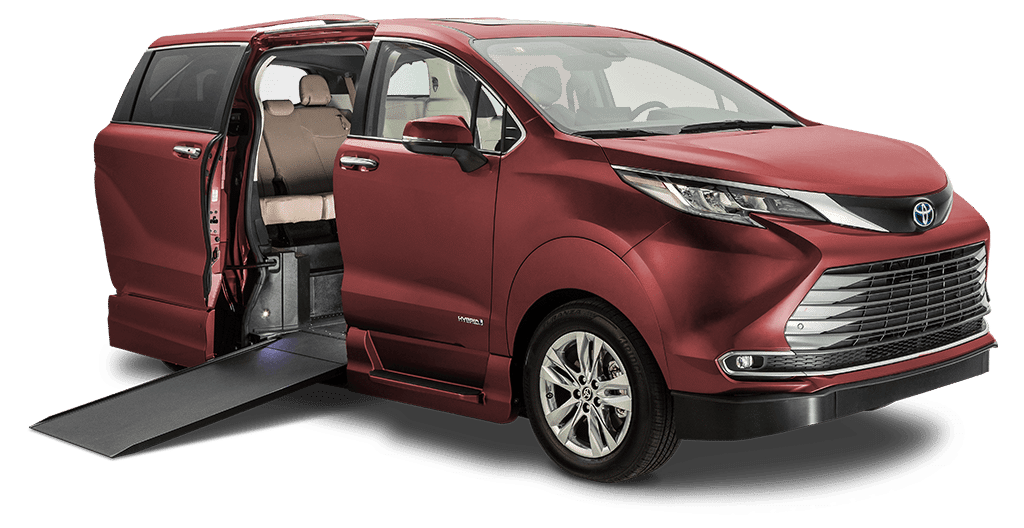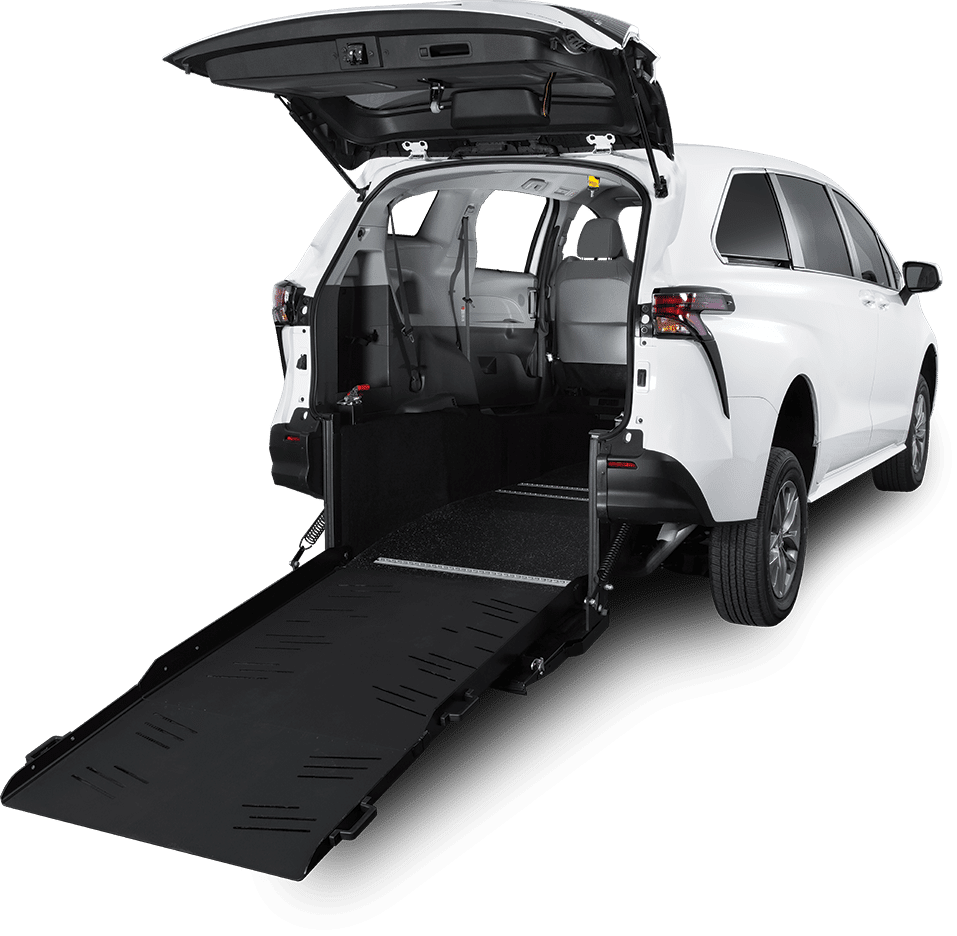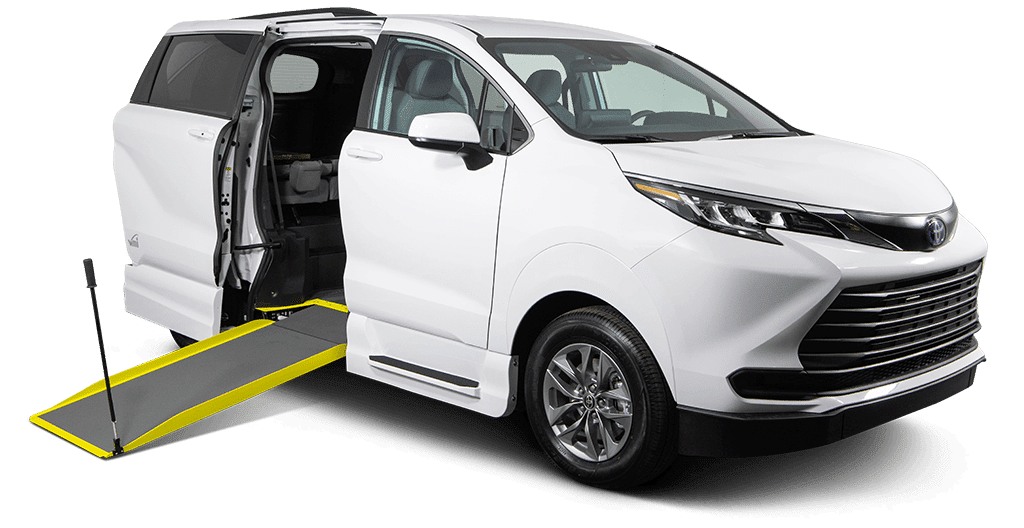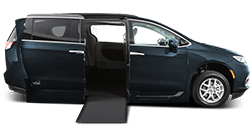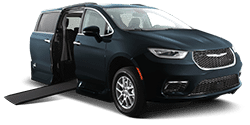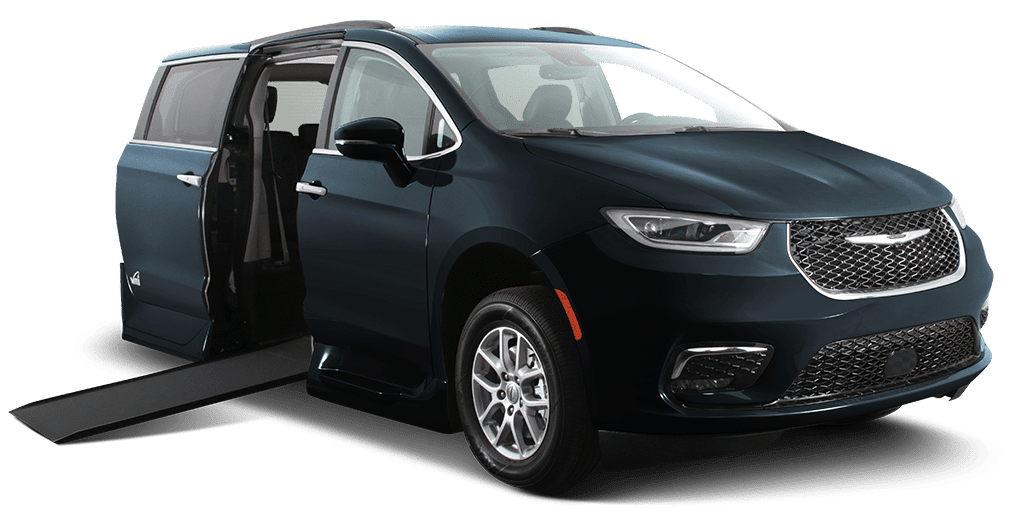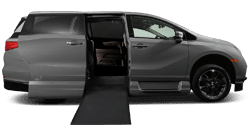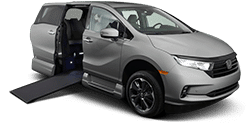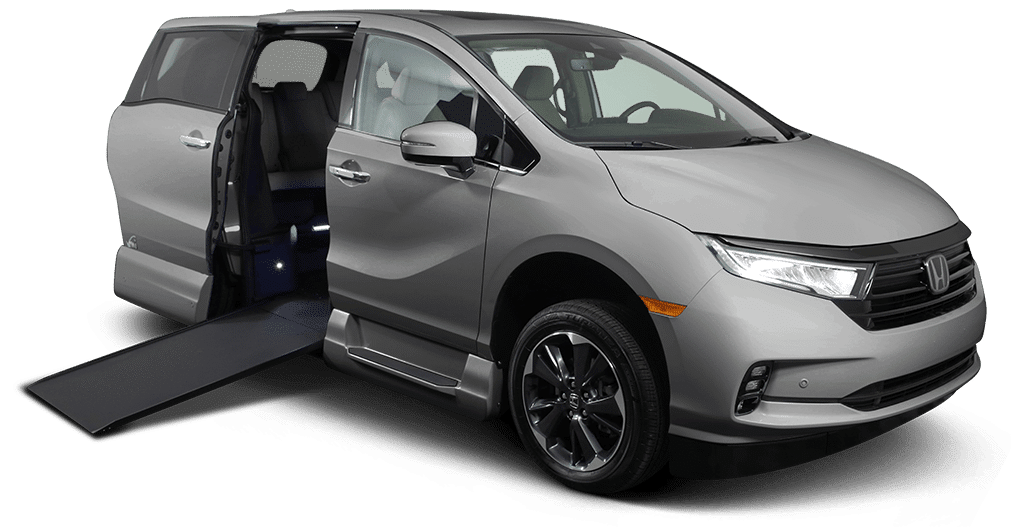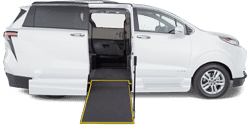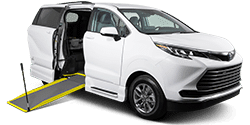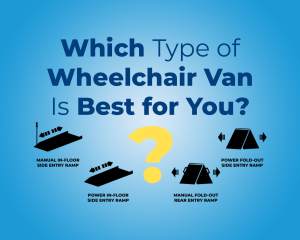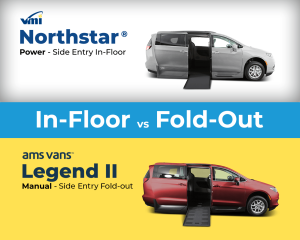Emergency preparedness is a lifesaving habit to learn, especially if you live in an area prone to natural disasters. Thorough emergency preparation improves the likelihood that you and your family will recover from an unexpected event like a fire, earthquake, tornado or flood. Most preparation plans can be simple: have a to-go kit with all the essentials and a plan that dictates a safe place for the family to meet. But people with disabilities and wheelchair users may face additional challenges that can make these “simple” plans quite tricky.
During events like flooding, wheelchair users can encounter unique mobility issues to overcome alongside the standard array of disaster prep. This guide walks you through the general flood knowledge wheelchair users should know and what to include in your disaster safety kit. In a future post we’ll show you how to make an emergency plan for any disaster.
Flood Safety Tips
Education is a huge part of preparation. Knowing the ins-and-outs of flood safety goes a long way toward keeping you and your loved ones safe. Here are nine flood safety tips to know:
- Know the difference between a flood watch and a flood warning. Flood watch: flooding is possible. Flood warning: flooding is imminent or already occurring.
- Listen to local authorities and abide by evacuation protocols. As a wheelchair user, give yourself plenty of time to evacuate and start sooner rather than later.
- Flash floods are incredibly deadly and should not be trifled with. Heed any flash flood warnings and immediately seek higher ground.
- During the start of flood season, if possible, get a family member, friend, caregiver or neighbor to help you bring in outdoor furniture and move any essential items to a safe, dry location.
- Before you evacuate your home, remember to turn off the house utilities at the main switches or valves. Also, disconnect any electrical appliances and unplug your TV, computer, lamps, etc.
- Do not try and navigate your wheelchair through moving water that is deeper than three inches. Even a few inches of flowing water can cause your wheelchair wheels to lose their grip and float away with the current.
- If a caregiver is pushing your wheelchair, don’t let them move through moving water deeper than six inches. Even six inches of water can sweep somebody off their feet.
- Don’t drive your wheelchair van through swift flowing water or into flooded passageways. It only takes a foot of swift water to sweep away a small car, and a fast, two-foot- deep current will dispose of nearly any consumer vehicle. (Fun fact, water flowing at just 6 mph exerts the same force per unit area as air blowing at EF5 tornado wind speeds!)
- If you or your caregiver has to navigate through water, wherever possible, cross where the water is not moving and use a stick or long pole to check the firmness of the ground in front of you.
The danger doesn’t fully dissipate after the flood waters go away. Remember these three tips about post-flood safety:
- Floodwater often contains heavy contaminates and may make a town’s drinking water unsafe. Listen for news reports to learn whether your water supply is safe to drink and keep a small supply of bottled or purified water at hand.
- Floods can damage underlying road strength. Be aware of roads and passageways that were heavily flooded, but have since been drained. The roads may be weaker and could collapse under the weight of a car.
- When you return home, if any flood water made it inside be sure to clean and disinfect everything that got wet. Mud left from floodwater can contain sewage and toxic chemicals.
Build an Emergency Kit
FEMA recommends that flood disaster prep kits cover the basic necessities for survival: food, water, and any life-sustaining medications or items you need to maintain your health, safety and independence.
As a wheelchair user, you’ll want to create two kits. One should be hyper-portable; the other is for your home. The grab-and-go kit should be lightweight, small and only contain the necessities. The second kit should include everything you’ll need to stay where you are and make it on your own for a period of time.
FEMA’s prep kit emergency supplies include:
- Water: one gallon of water per person per day for at least three days. This water is used for drinking and sanitation.
- At least a three-day supply of non-perishable food. (Include a can opener if you have canned food in your kit.)
- Battery-powered or hand-crank radio and a NOAA Weather Radio with tone alert. Remember to grab a few extra batteries for both radios.
- Battery-powered or hand crank cell phone charger.
- Flashlight and extra batteries. A small, hand crank lantern also works.
- Basic first aid kit
- A loud whistle to signal for help
- Moist towelettes, garbage bags and plastic ties (twist or zip) for your personal sanitation needs.
- Local maps. (AAA offices, the local Chamber of Commerce and car dealerships often have free local maps.)
- Pet food, extra water and supplies for your pet or service animal
- Space blanket
- An extra set of dry clothes (include two sets of socks).
Have you ever been in a natural disaster? What type of emergency prep has your family completed? Do you feel ready if a flood happened? Share your story and thoughts with us on Facebook.

